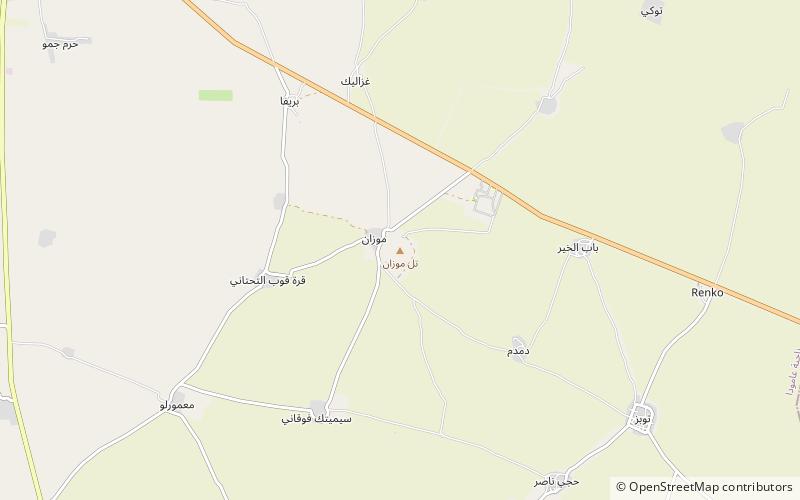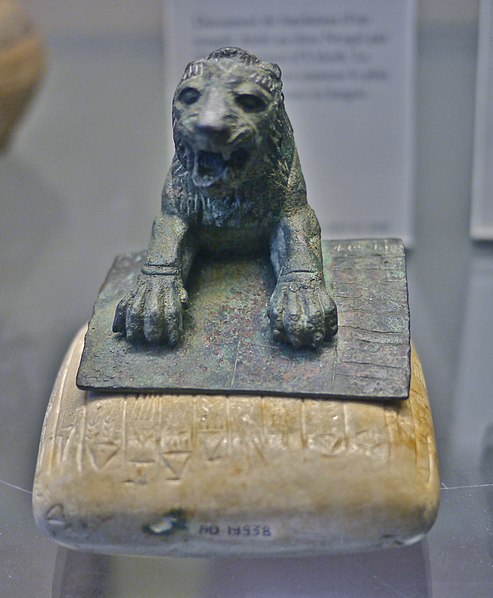Urkesh


Facts and practical information
Nestled in the foothills of the Taurus Mountains in northeastern Syria, the ancient city of Urkesh stands as a testament to the rich history of Mesopotamian civilization. Recognized as an important archaeological site, Urkesh was once the hub of the Hurrian culture, dating back to the third millennium BCE.
Excavations at Urkesh have uncovered a wealth of artifacts and structures that offer insights into the daily lives and spiritual practices of the Hurrians. Among the most significant discoveries is the large mud-brick temple, which is believed to be one of the oldest preserved Hurrian temples, dedicated to the god Kumarbi, the chief deity of the Hurrian pantheon.
Archaeologists have also unearthed a royal palace, an extensive urban plaza, and a unique underground structure identified as an "abandonment shrine," where offerings were made before the city was intentionally deserted. This practice was part of a complex ritual linked to the Hurrian understanding of divine kingship and the cyclical nature of political power.
The ancient city of Urkesh provides a unique window into an era when urban centers were emerging as powerful entities in the Near East. The site's well-preserved state offers a rare opportunity to study the urban planning and religious traditions of a civilization that thrived over four thousand years ago.
Al Ḥasakah
